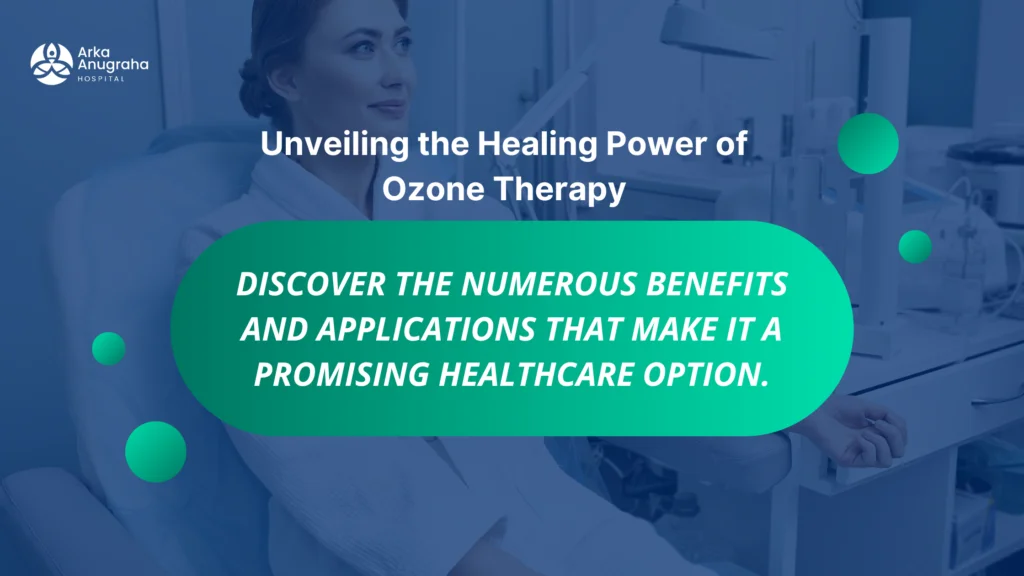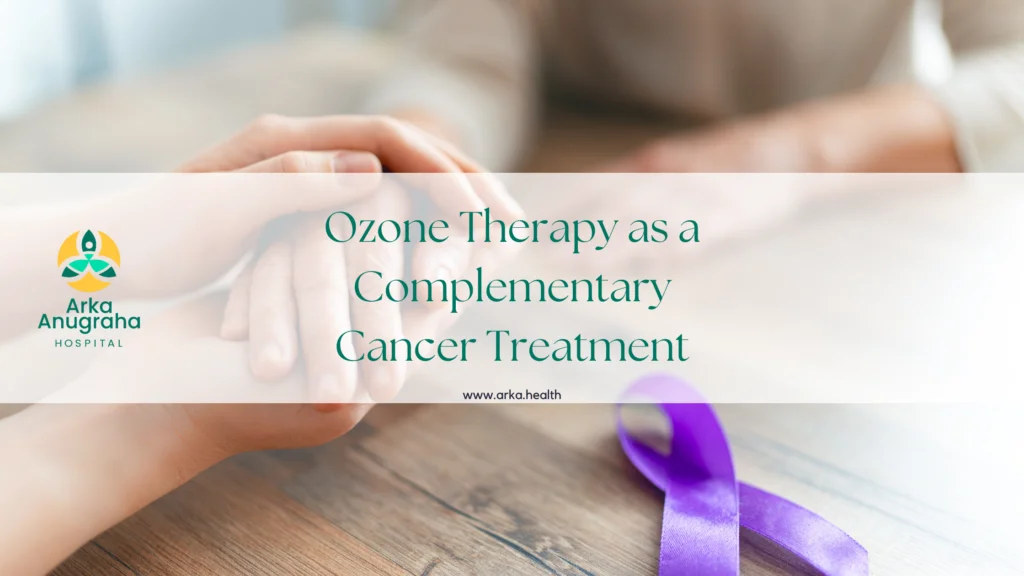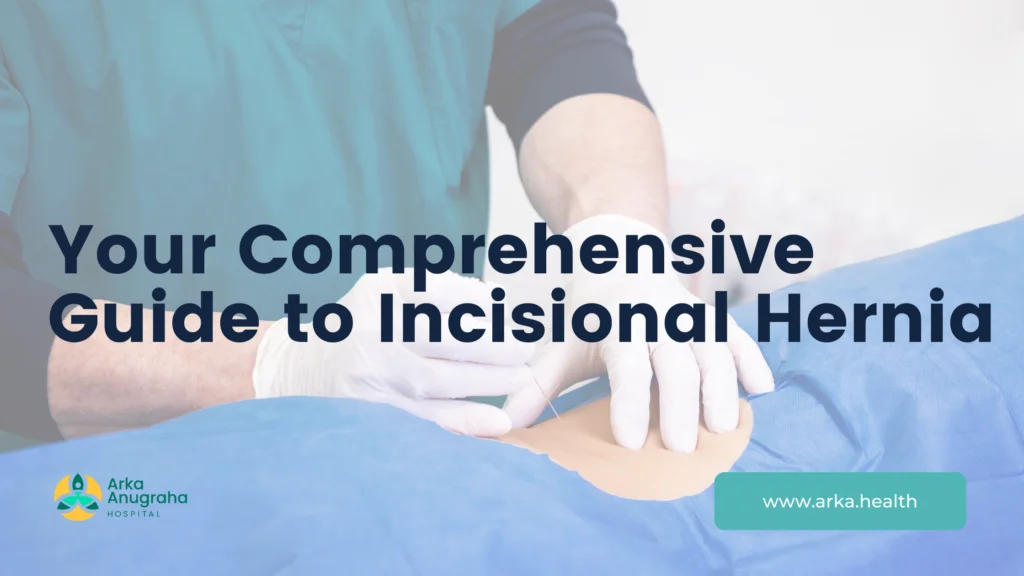These are small hard masses consisting primarily of cholesterol and bile salts that form in the gall bladder. Gall stones can be cholesterol stones, pigment stones or a mixture of the two. Cholesterol stones are largely made of solidified cholesterol and pigment stones are dark stones made of bilirubin.
What are the causes of Gall stones?
It is uncertain why some people develop gallstones. There is no means to prevent gallstones. However, fat, fertile, females over forty years are more prone to form gallstones than men. Excess estrogen from pregnancy, hormone replacement therapy or birth control pills may increase the cholesterol levels in the bile, slow down gall bladder emptying and can lead to gallstones. People who have hereditary blood disorders like sickle cell anaemia and hereditary spherocytosis (in which too much bilirubin is formed) are more likely to develop pigment stones.
What are the symptoms of Gallstones?
The most common symptoms of gallstone disease include pain in the upper abdomen, often more to the right and can move to the right shoulder blade or shoulder tip. The pain may be after meals, particularly fatty meals. Attacks such as pain are called biliary colic. Other symptoms include abdominal bloating, belching, indigestion and nausea. Often the gallstones may remain ‘silent’ and not cause any symptoms at all.
How Gallstones are diagnosed?
In addition to the typical symptoms of gallstone disease, Ultrasound is the most common specific and sensitive test to diagnose gallstones.
What is the treatment for Gallstones?
Gallstones are treated by an operation removal gall bladder. called Cholecystectomy. The traditional method of Cholecystectomy was surgery through a long cut under the right side of the rib cage. Today, gallbladder removal is performed by laparoscopic surgery [ Keyhole Surgery ].
Is there an alternative to Surgery?
Not really. Gallstones are not away from their own. Non-surgical treatments usually do not work and are offered to patients who are unfit to undergo surgery. Some medicines exist that may dissolve gallstones. But, stones usually recur after these treatments. Silent stones that have been detected by chance and never caused symptoms do need treatment. But they have started to show symptoms it is likely that they will continue to do so unless the gall bladder is removed.
What happens if Gallstones are not treated?
Gallstones can block the flow of bile out of the gallbladder causing it to swell, called Cholecystitis. Gall stones may slip out of the gallbladder into the bile duct and can block the flow of bile causing jaundice, or they may cause acute inflammation of the pancreas called pancreatitis. Once the gall stones have slipped and blocked the bile duct, it becomes necessary to remove the stones in the bile duct by a procedure called ERCP and then proceed with laparoscopic cholecystectomy. If you experience severe abdominal pain, fever with chills or jaundice consults a doctor immediately. Gallstones also are a risk factor for the development of gallbladder cancer.
How is Laparoscopic Gallbladder removal surgery performed?
Laparoscopic Cholecystectomy is performed under general anaesthesia. In laparoscopic surgery, a telescope attached to a camera is inserted through a small incision that is made under the patient’s belly button. Three other small cuts are made (each no larger than the diameter of a pencil eraser) in the upper abdomen. The gall bladder is separated delicately from its attachments and then removed through one of the openings.
What are the benefits of Laparoscopic Cholecystectomy?
- Rather than a five to seven-inch incision, the operation requires only four small openings in the abdomen.
- Minimum post-operative pain
- Faster recovery
- Quicker return to normal activities
- Less hospital stay
Am I a candidate for Laparoscopic Gall Bladder removal?
Only after a thorough examination can your surgeon determine whether laparoscopic cholecystectomy is right for you. The procedure may not be best for some patients who have underlying medical conditions precluding general anaesthesia.
Does it affect one’s digestion if the gallbladder is removed?
The removal of the gallbladder seems to have no effect on the digestive process in the vast majority of patients. The bile trickles steadily into the gut and helps to digest the fatty foods. One should be able to eat normally after the operation.
How many days should I stay in the Hospital?
Most patients who have a laparoscopic gall bladder removal go home from the hospital the day after surgery. Some may even go home the same day the operation is performed.
What are the precautions to be followed after Surgery?
Activity level is generally restricted by the patient’s comfort level. Patients will be able to return to normal activities within a week’s time, including driving, light lifting and working. Patients are advised to be on a light diet for a week following surgery.













